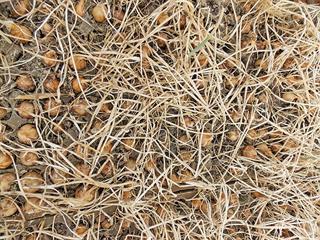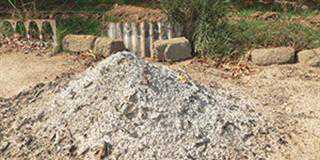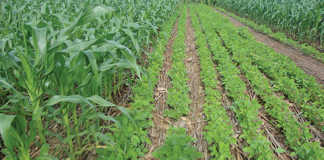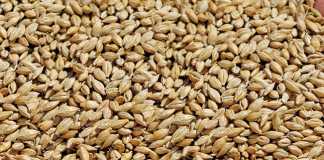
If you lack experience with onions, you should avoid sowing the seed directly – in other words, planting the entire land with seed and allowing them to grow to maturity. With this method, it is difficult to control weeds over such a large area and at the same time provide the ideal conditions for germination.
Instead, use the seedbed method. This will enable you to maintain better control of growing conditions. If the seedbed is sown in hot weather in a warm area, cover it with shade netting to keep the soil temperature down. Shade nets also help to lessen the impact of heavy rain, which may cause a crust on the soil surface before germination, making it difficult for the growing plants to push their way through.
Start right – by fertilising the soil
Begin by fertilising the land with compost or cattle manure. If these are unavailable, apply one handful of 2:3:2 or 2:3:4 fertiliser mixture/m2. If the leaf colour becomes lighter – approximately a month after seeding – apply LAN at a rate of one handful/3m².
furrowsBroadcast the seed on the ground and rake it lightly in one direction to keep it level. If there are many weeds, sow the seed into mini-furrows 6cm to 10cm apart.
You can make a special rake for making these furrows by welding tines (thin, flat steel bars) at the desired spacing onto a length of pipe. Then weld a long handle onto this. Draw the rake along the beds to create the furrows. This will give a uniform width for mechanically weeding between the rows later on. Plant the seed into the furrows at an average spacing of about 5mm, then cover them by pulling the back of the rake over the area.
The right time to transplant
When the onion plants have grown to about the thickness of a pencil, they are ready for transplanting. This will be about two months after sowing and perhaps a little longer in very cold areas. You can transplant 40 to 60 plants/m2 in short-day areas and double this in the Cape. Make shallow furrows 20cm apart and place the transplants into these. Then pull the soil over the roots with a hoe or suitable implement. It does not matter how the plants lie; they will gradually grow straight.
Cultivars and sets
In short-day areas, you can produce an out-of-season crop by sowing seed in August/September. By early December, the onions will have responded to the day length to produce pickle-size bulbs. You can also produce these in seed trays, planting one seed in each cell. Once the plants have bulbed, and the tops fallen over, place the bulbs (called sets) into net sacks such as orange pockets. Hang them up in a dry place until February when they can be transplanted for an April/May harvest when prices are high.Sets will only be successful if you use early-maturing short- day types.













